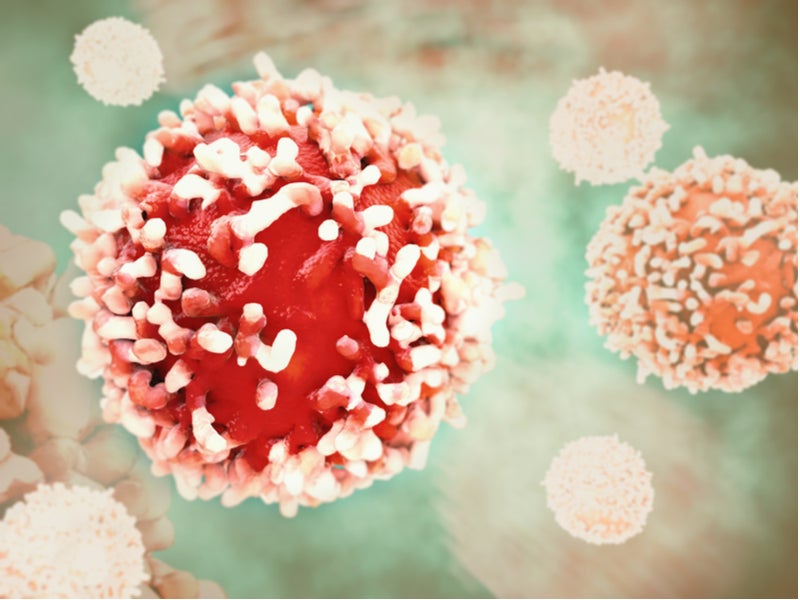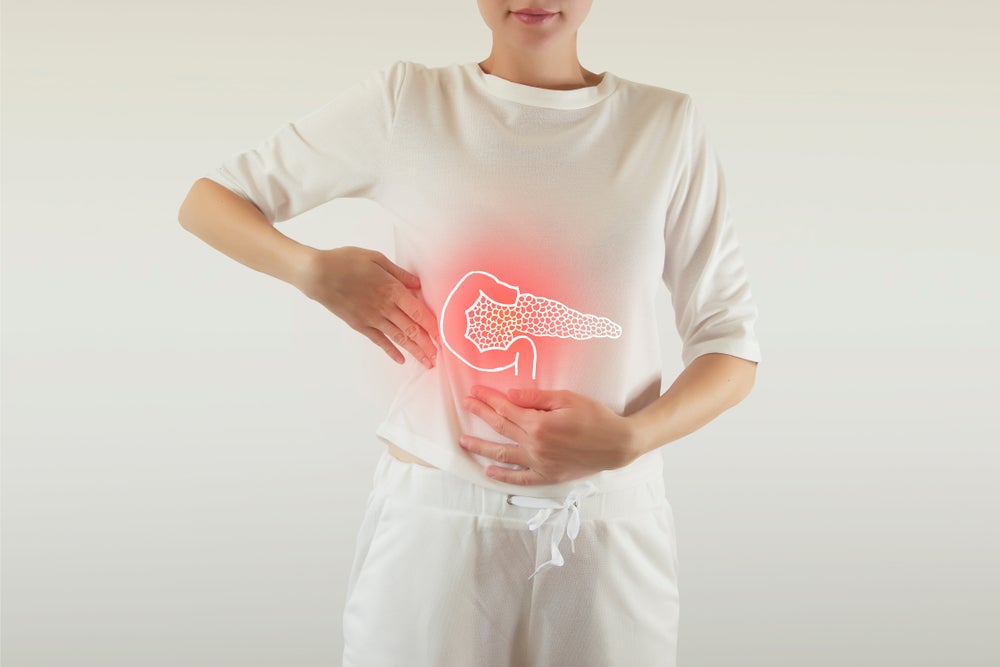
A new reusable cryoablation device developed by researchers at Johns Hopkins University has shown potential to help treat breast cancer patients in lower-income countries.
The new technique uses carbon dioxide instead of argon gas to induce freezing temperatures. The results of the study have been published in PLOS One.
Cryoablation, the process of killing cancerous tissues via freezing, is preferable to surgical removal of tumours in resource-limited settings as it eliminates the need for a sterile operating room and anaesthesia. However, a single treatment typically costs upwards of $10,000 and is dependent on argon gas – which typically isn’t available in lower-income countries – to form the tissue-killing ice crystals.
A lack of treatment options means that survival rates in resource-limited countries such as Gambia are as low as 12%, compared to survival rates of over 90% in the US and UK.
Johns Hopkins University biomedical engineering graduate Bailey Surtees said: “Instead of saying ‘She has breast cancer,’ the locals we met while conducting focus groups for our research said ‘She has death,’ because breast cancer is often considered an automatic death sentence in these communities.”
The new cryoablation tool was initially used on jars of ultrasound gel, a substance which thermodynamically mimics human breast tissue, to determine whether it could successfully reach standard freezing temperatures that would kill cancerous tissue and form consistent iceballs. The device consistently reached temperatures below -40°C, meeting standard freezing temperatures for tissue death for similar devices in the US.
How well do you really know your competitors?
Access the most comprehensive Company Profiles on the market, powered by GlobalData. Save hours of research. Gain competitive edge.

Thank you!
Your download email will arrive shortly
Not ready to buy yet? Download a free sample
We are confident about the unique quality of our Company Profiles. However, we want you to make the most beneficial decision for your business, so we offer a free sample that you can download by submitting the below form
By GlobalDataIn the second experiment the team treated nine rats with 10 mammary tumours, successfully killing 85% or more tissue for all tumours.
It was then tested on the liver of a pig, which has a similar temperature to a human breast, and was able to stay cold enough during the entire experiment to kill the target tissue.
Johns Hopkins University assistant professor of biomedical engineering Nicholas Durr said: “When we started the project, experts in the area told us it was impossible to ablate meaningful tissue volumes with carbon dioxide. This mindset may have come from both the momentum of the field and also from not thinking about the importance of driving down the cost of this treatment.”
The team is now working to ensure the device can consistently kill cancer tissues under the same heat conditions as human breast tissue. The researchers are hoping to continue testing their device for human use and eventually expand its use to pets.




